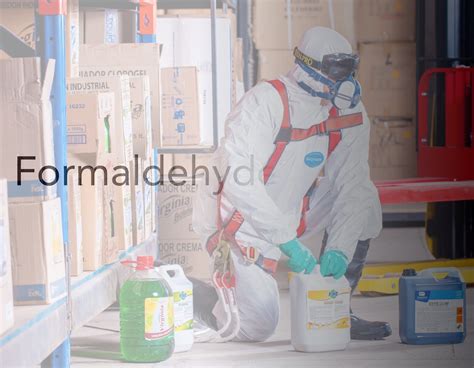Formaldehyde, a colorless, pungent-smelling gas, is a common indoor air pollutant. It is emitted from various sources, including building materials, furniture, and cleaning products. Exposure to formaldehyde can cause a range of health problems, such as eye and throat irritation, headaches, nausea, and respiratory issues.

Eliminating formaldehyde smell from your home is crucial for maintaining a healthy indoor environment. This comprehensive guide will provide you with effective methods and tips to neutralize and remove the unpleasant odor.
Understanding Formaldehyde Sources
Formaldehyde is primarily released from materials commonly found in homes and other indoor spaces. Some major sources include:
- Pressed Wood Products: Plywood, particleboard, and MDF (medium-density fiberboard) contain urea-formaldehyde resin as an adhesive, which emits formaldehyde over time.
- Furniture and Upholstery: Upholstered furniture, mattresses, and curtains often use foam and fabrics treated with formaldehyde-based flame retardants.
- Building Materials: Insulation, wallboard, and flooring materials can release formaldehyde if they contain urea-formaldehyde adhesives.
- Cleaning Products: Certain household cleaners, disinfectants, and air fresheners contain formaldehyde as an active ingredient.
Effective Methods for Formaldehyde Removal
1. Ventilation:
– Open windows and doors to increase air circulation and remove formaldehyde-containing air.
– Use exhaust fans in kitchens and bathrooms when cooking, cleaning, or showering.
2. Activated Carbon Filters:
– Purchase activated carbon filters designed for formaldehyde removal. Place them in areas where formaldehyde levels are likely to be high, such as near emission sources.
– Change filters regularly to maintain effectiveness.
3. Formaldehyde-Neutralizing Products:
– Use commercial products specifically formulated to neutralize formaldehyde. These products often contain chemicals that react with formaldehyde to form harmless compounds.
– Follow the manufacturer’s instructions carefully, and ensure the product is effective against formaldehyde.
4. Plants:
– Certain plants, such as peace lilies, spider plants, and snake plants, have been shown to absorb formaldehyde from the air. Place multiple plants throughout your home to help reduce formaldehyde levels.
5. Baking Soda:
– Spread baking soda in shallow dishes and place them in areas with high formaldehyde concentrations. Baking soda absorbs formaldehyde and releases it as harmless carbon dioxide.
– Replace the baking soda every few days.
Tips and Tricks
- Test your home for formaldehyde levels using a commercial test kit or consult a professional.
- Seal any cracks or gaps around windows, doors, and pipes to prevent formaldehyde-containing air from entering your home.
- Use low-VOC (volatile organic compound) paints, finishes, and cleaning products.
- Avoid smoking indoors, as cigarette smoke contains high levels of formaldehyde.
- Regularly vacuum and dust your home to remove formaldehyde-containing particles.
Common Mistakes to Avoid
- Using Vinegar: While vinegar is commonly used for deodorizing, it is not effective in removing formaldehyde. In fact, it may temporarily mask the smell without actually reducing formaldehyde levels.
- Overusing Activated Carbon: Excessive use of activated carbon filters can lead to reduced air circulation and a buildup of dust and particles.
- Relying Solely on Plants: While plants can help reduce formaldehyde levels, they are not a substitute for other removal methods.
- Ignoring Long-Term Sources: Formaldehyde emissions from building materials and furniture can continue for years. Regularly monitor air quality and take ongoing steps to remove formaldehyde.
- Not Addressing Multiple Sources: Focus on identifying and eliminating all potential sources of formaldehyde to achieve effective odor removal.
Conclusion
Formaldehyde smell can pose a significant health hazard. By understanding its sources, utilizing effective removal methods, and following practical tips, you can create a healthier and more comfortable indoor environment. Remember to test air quality regularly, address all formaldehyde sources, and maintain ongoing odor control measures to ensure the safety and well-being of your family.
